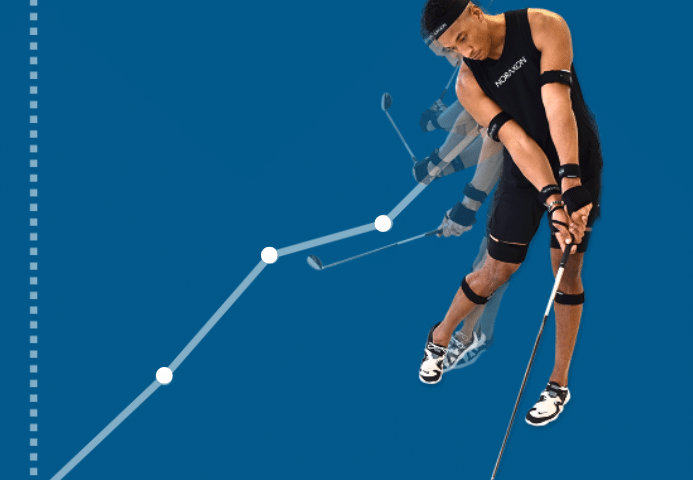Athletes in a number of sports now widely incorporate altitude training into their sports training. This may be with a visit to an altitude camp, or by using systems in-house to simulate altitude. However, restriction on travel due to COVID-19 means attending an altitude training camp is not possible. Therefore, the latter option for simulated altitude training is an ideal alternative.
The start of altitude training in sport
Investigation into altitude training begins at the 1968 Olympic Games. These games take place in Mexico City and sees the endurance athletes finishing below record times. Mexico City is at an elevation of 2,240 metres (7,349 ft). It’s this height that sparks questions about how such altitudes influence athletic performance.
They discover that oxygen concentration changes that result from differences in elevation, induces beneficial adaptations in athletic performance. Since this discovery, ‘traditional’ or hypoxic altitude training is in common practice by individual amateur athletes, elite athletes and sports teams. It is also a part of pre-acclimatisation preparation for extreme adventurers, as well as, sports, exercise and health researchers.
Altitude training – at home
Altitude training normally takes you to a place that will enable your body to become more efficient in using oxygen. Most research suggests that altitude training should normally take place between 2,500m to 3,500m (8,500ft to 11,500ft). It’s while at this altitude that a response is triggered in your body to produce more oxygen-rich red blood cells.
However, during this coronavirus pandemic of 2020, countries are not encouraging travelling. However, thankfully, simulating training at altitude is now possible. With new technologies such as PBAES, it is also less costly. POWERbreathe Altitude & Environmental Systems provide you with safe altitude training at home, in a simulated environment.
Simulating altitude training
Conventional altitude training models traditionally consist of:
- Live-high, train-high – athletes train and live in one location
- Live-high, train-low – athletes live high but train closer to sea level
- High-high-low – athletes live high and perform low-moderate intensity training then travel to low altitude for HIIT
This type of training is costly, and requires athletes to attend training camps at altitude. It is also time consuming. PBAES technology simulates this training in low oxygen environments. It is more time efficient and less expensive. It is also providing athletes a way to improve athletic performance via altitude training – at home.
PBAES altitude training
PBAES mask based systems, semi-permanent rooms and hypoxic portable spaces, such as the inflatable sleep modules, offer simulated altitude in lockdown. And because they are portable or semi- permanent, you can use them anywhere.
The unique PBAES Panel System Design for semi permanent rooms enables you to build a room to your own specific size and height. They are also easy to assemble to meet training demands on any given day.
The PBAES hypoxic portable spaces are inflatable, easy to deflate and store away when not in use. They will help you to maintain athletic performance for when you are able to return to competition or race.
Reasons to choose PBAES
PBAES work with leading international experts in Human Performance and Sports Science, as well as, experts in product development and production. All these experts have considerable knowledge and experience in the field of simulated altitude training equipment.
All PBAES solutions have the CE mark. This signifies that during assessment they meet high safety, health, and environmental protection requirements. This assures that your altitude training at home will be achievable in a safe and controlled, local environment.




